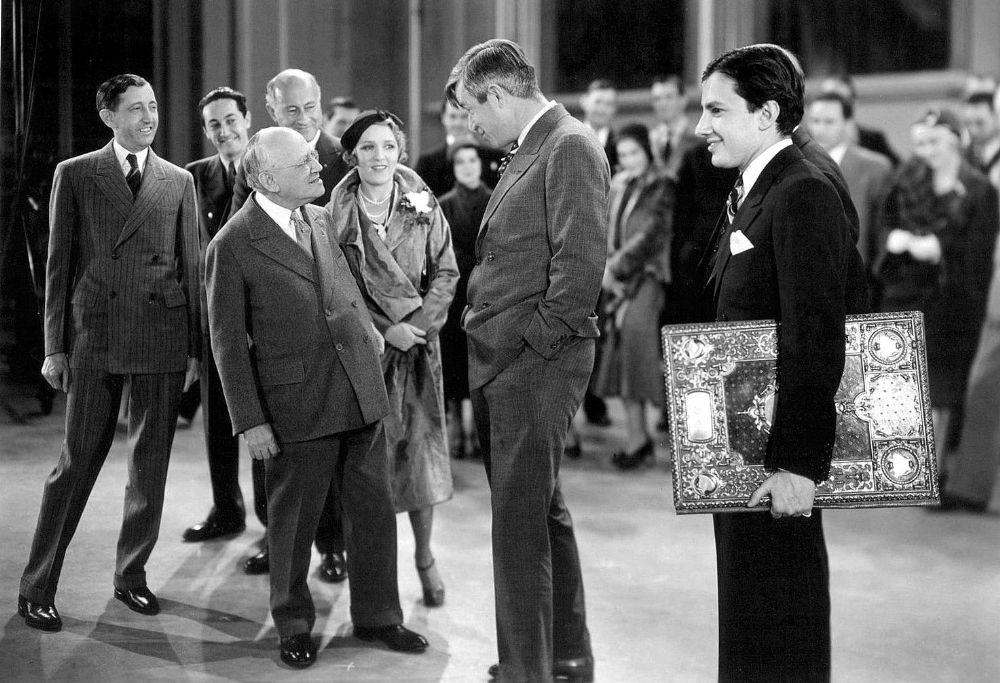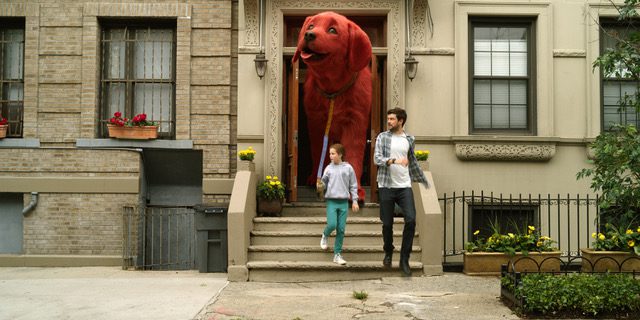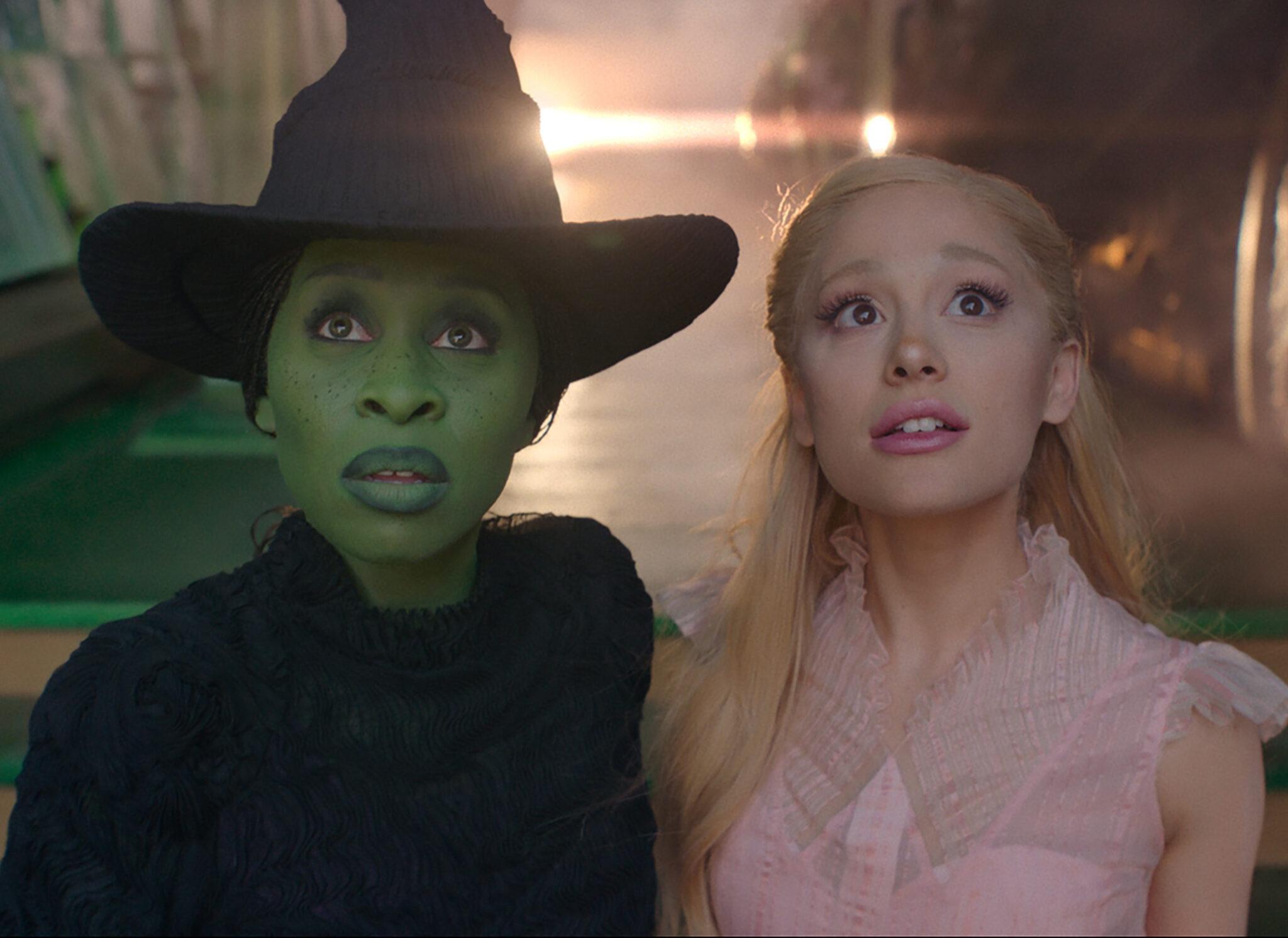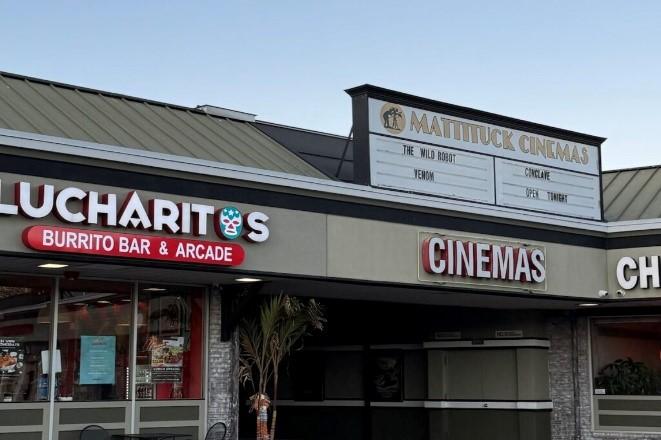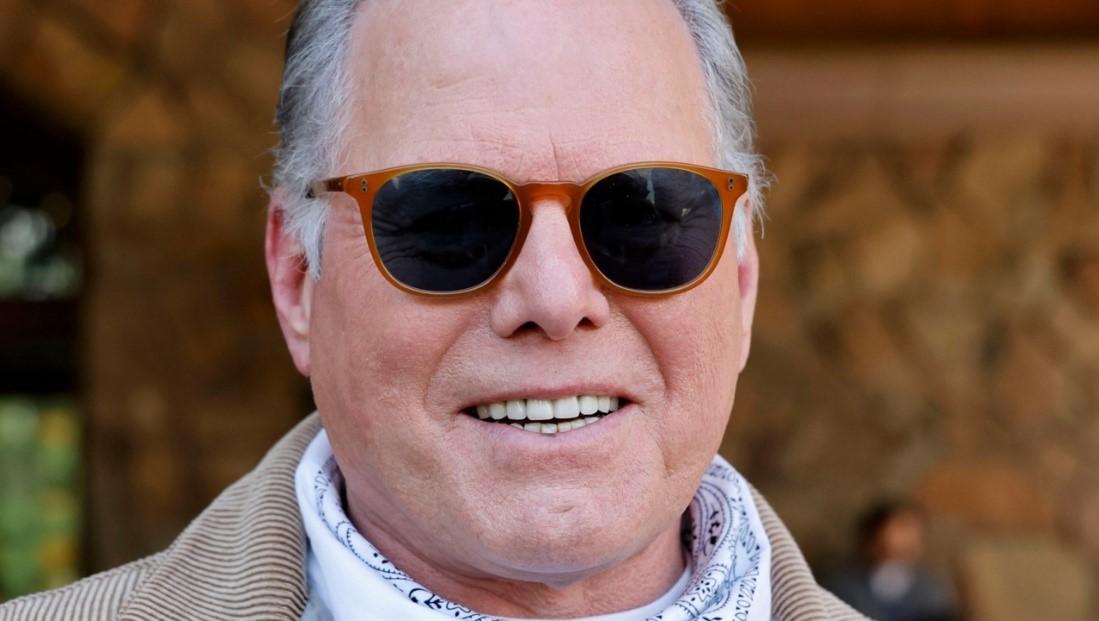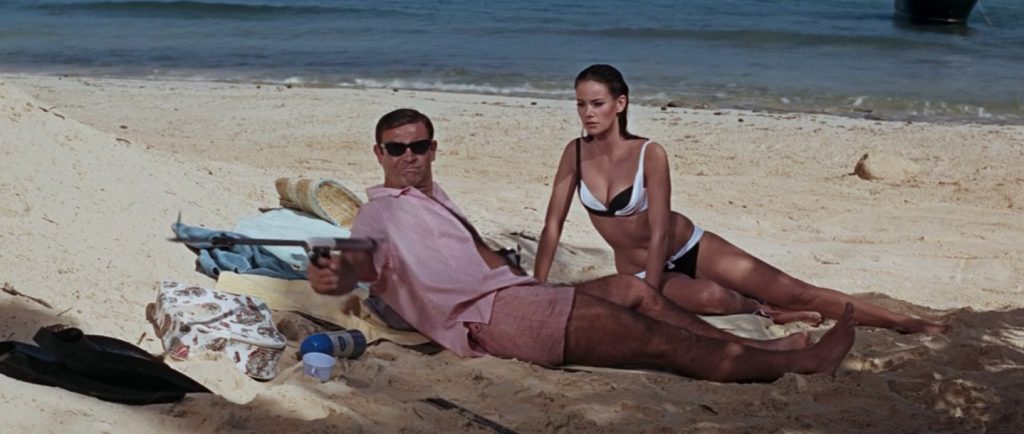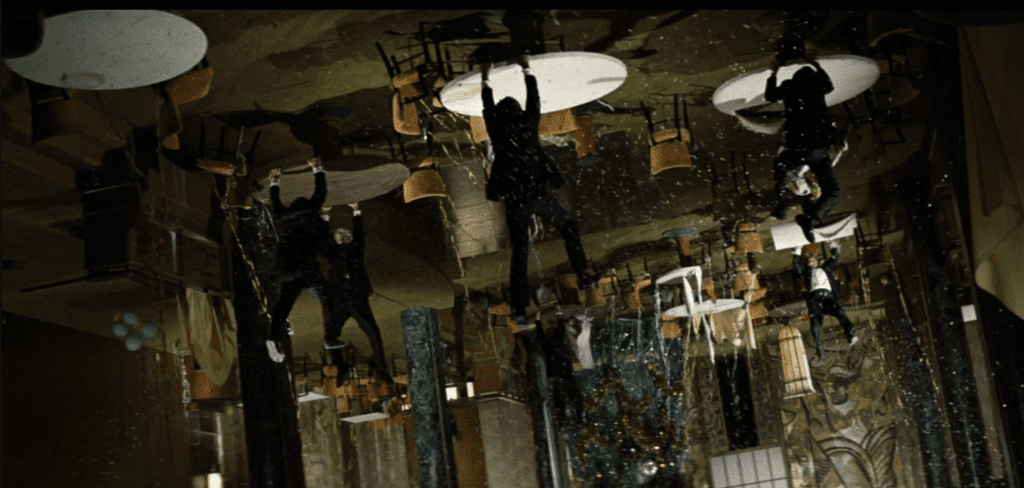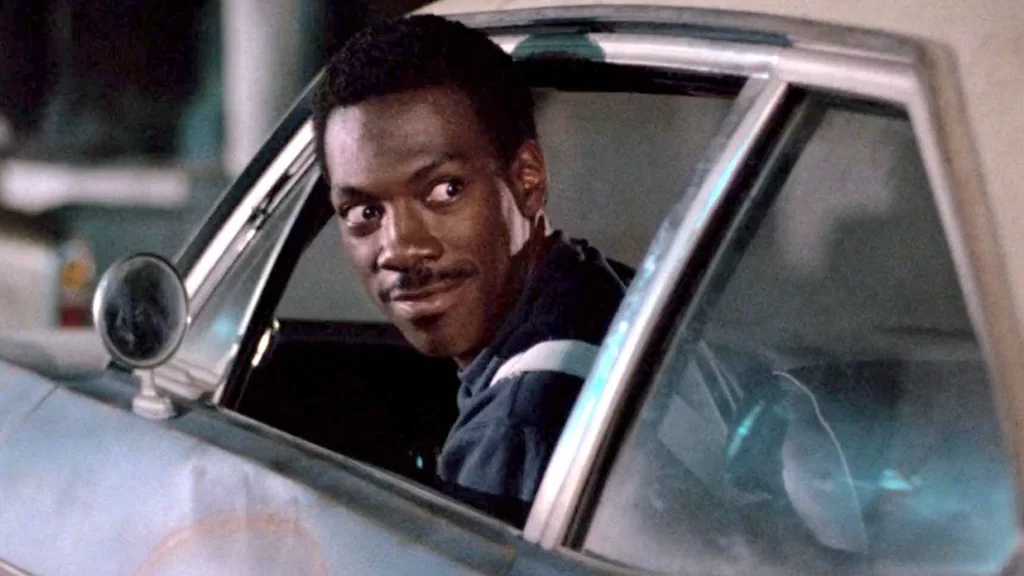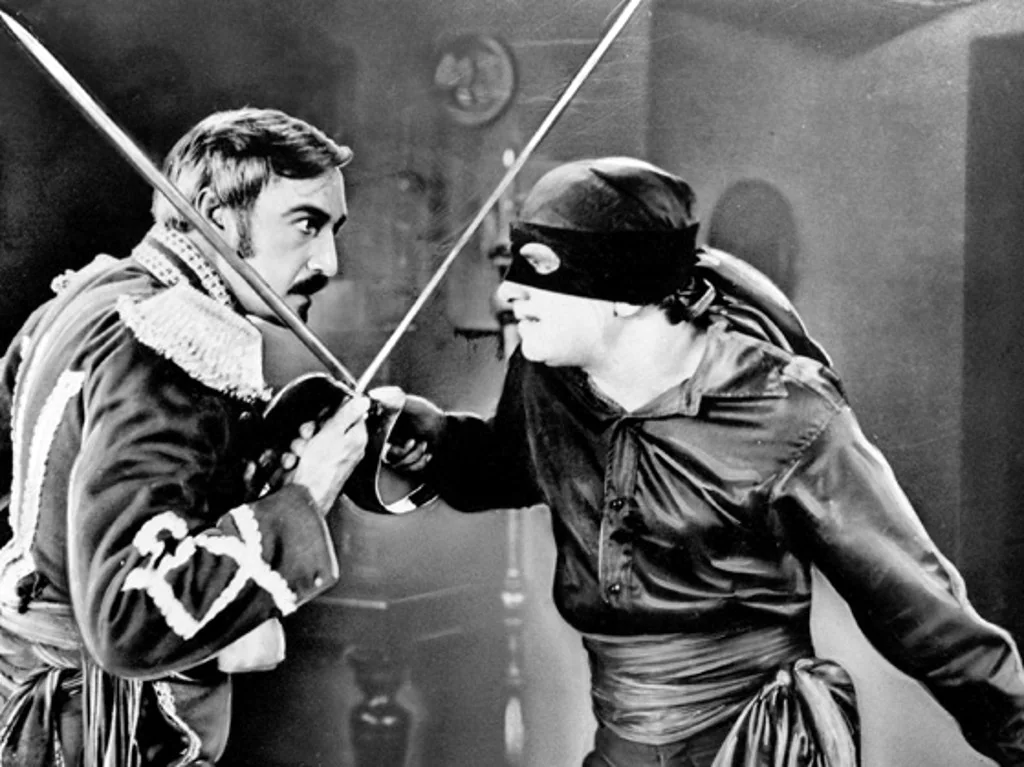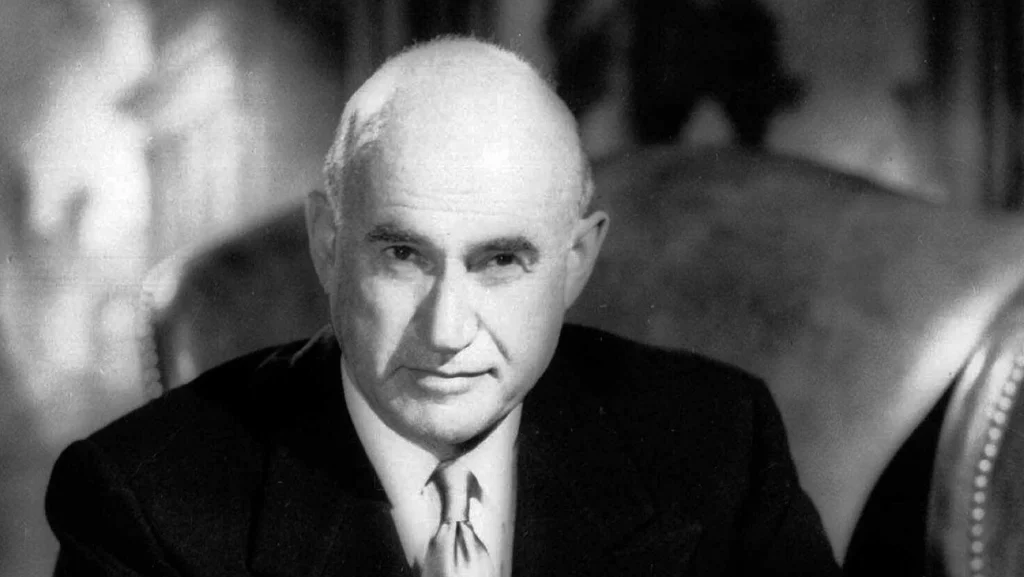If it weren’t for Carl Laemmle, Hollywood might never have had movie stars.
Laemmle, who died Sept. 24, 1939, at 72, came to America from Laupheim, Germany in 1884. He was managing a men’s clothing store in Oshkosh, Wisconsin in 1906 when he became fascinated with nickelodeon parlors, where people would pay 5 or 10 cents to view moving images in machines. In a few years, he was distributing movies, which led to producing them through Independent Moving Pictures — IMP, for short — which he founded in 1909. IMP’s offices were in New York and its films were shot in Ft. Lee, New Jersey.
At the time, independent producers like Laemmle were fighting the Motion Picture Patents Company, which controlled Thomas Edison’s patents for cameras and projectors. Laemmle was one of the first indies to challenge the Edison monopoly. He also had his own ideas about marketing movies, which were quite different from what early studios like Biograph and Vitagraph were doing.
In those days, studios didn’t reveal the names of people seen in their films because they knew actors would demand higher pay if they became well known. At Biograph, one actress with a big following was known only as “The Biograph Girl.” She was Florence Lawrence and after Laemmle brought her to IMP, she became famous as America’s first movie star.
Laemmle also created the first movie publicity stunt. After signing Lawrence, she dropped out of sight in the spring of 1910. IMP started rumors that “The Biograph Girl” had been killed, making newspaper headlines everywhere. Then Laemmle ran ads with Lawrence’s photo, proclaiming, “We nail a lie” — not only wasn’t Lawrence dead, but she was also about to make her next movie, THE BROKEN OATH, for IMP. To prove just how alive & well she was, Laemmle had Lawrence appear in St. Louis, where the stories of her demise began. When fans pulled at her coat, ripping off some buttons, Laemmle told the papers they’d torn off her clothes!
Laemmle continued acquiring new stars, including Biograph’s Mary Pickford, then known only as “the girl with the curls.” IMP grew and in April 1912 merged with five other indies to form the Universal Film Manufacturing Company, with Laemmle as president. It evolved into today’s Universal Pictures. In March 1915, Laemmle opened Universal City Studios on 230 acres of farmland in L.A.’s San Fernando Valley. Before long, he was selling studio tours for five cents admission — including a boxed lunch!
“Carl Laemmle was more than a pioneer, he was a builder. A kind, gentleman, he fought for the industry at a time when it was weak and shackled, and due to his courage and independence, the fight that was of nation-wide importance in its time was won.” – Joseph M. Schenck, Co-Founder of 20th Century Studios

